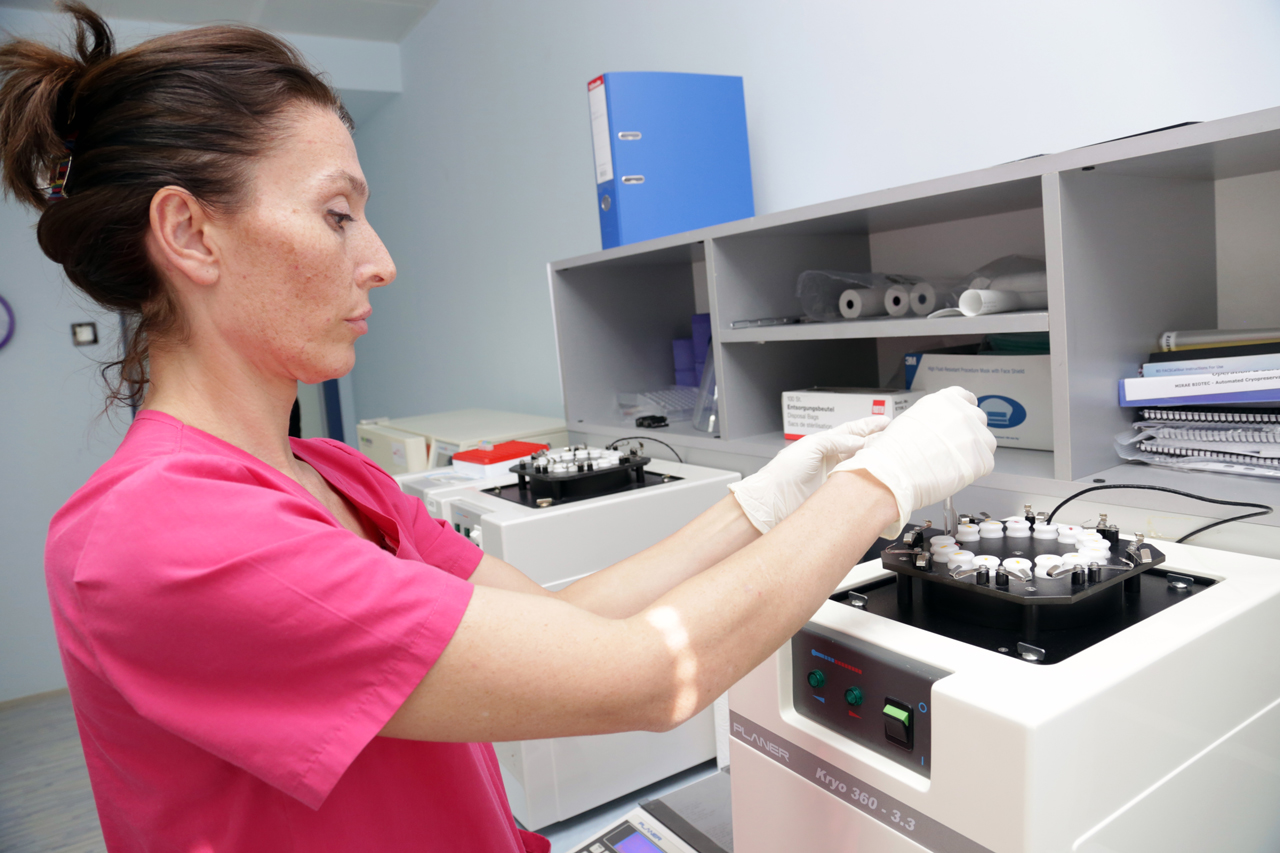Autism or someone diagnosed with the autism spectrum disorder (ASD) can be a difficult and challenging experience for people unfamiliar with this condition. Unlike many conditions, ASD has numerous factors at play, from both genetic to environmental, and, as such, there’s no one universal diagnosis, treatment or therapy that will apply to everyone. So, unlike measles, or pneumonia, where vaccinations and a well-documented, standardized medical treatment can be applied to just about everybody to address the problem, ASD requires a unique approach for each individual.
But for people—especially parents—to deal with ASD effectively, it’s important to get an understanding of what autism is, and where the medical sciences stand in their current understanding of its causes and possible treatments.
What Is Autism?
Generally speaking, autism or ASD, is a condition that expresses itself primarily in the behavior of a person. Someone diagnosed with ASD will usually experience more difficulty than the average person when it comes to social skills, speech, non-verbal communication, and repetitive behaviors.
However, the reason that autism is often referred to as autism spectrum disorder, or ASD, is because of that word in the middle, “spectrum.” Because autism expresses itself primarily as a behavioral condition, the type of behavior displayed exists on a broad spectrum. On the minor end of the spectrum, someone diagnosed with ASD can live a largely normal, independent life in which the ASD proves to be disruptive only occasionally. On the other extreme of the spectrum, ASD can be so severe that a person diagnosed with requires a supervised setting to live safely.
What Causes Autism?
It’s important to note that because ASD is so varied, no one specific cause has been definitively confirmed as “the one.” Genetics, for example, is currently theorized to be anywhere from 60%-90% a determining cause in ASD. However, inheritance may not be the only factor, and medical investigations have also revealed that there may factors in the prenatal stage when a baby is developing in the uterus, that may also cause ASD, such as a mother contracting rubella, while pregnant, and transmitting that disease to the developing embryo.
There are also theories that certain factors in the environment may also pose a risk of autism even once a baby is born. Vaccines, thankfully, have already been ruled out as a possible cause of ASD in children, and in many cases, there isn’t sufficient medical evidence that yet indicates any post-natal factors that might be associated with causing ASD.
However, there are still some ongoing studies to see if there is any relation in ASD with other side-effects, such as gastrointestinal problems. Many people diagnosed with ASD also have a gastrointestinal problem accompanying this, so there may yet be a connection between the two that is, as yet undiscovered.
Can Autism Be Cured?
For the moment, the answer to this is “no.” There is no guaranteed, permanent cure to eliminate autism in the same way that antibiotics can eliminate certain illnesses, or surgery can repair a problem within the body. ASD can, however, be treated, which is a different thing. ASD treatments or therapies are not supposed to get rid of ASD, so much as manage it, and create a situation where a person diagnosed with ASD can “move along the spectrum” and regain more behavioral functionality.
Because ASD affects different people in different ways across the spectrum, different treatments will often apply. What is recommended for one individual may not be suitable for another, and vice versa. The specific position along the spectrum as well the distinct forms of ASD symptoms determine which treatments are most appropriate. Someone with only the mildest form of ASD, for example, may require no treatments at all. However, there are several different approaches to treatment, including:
Behavioral Therapy
In some cases, a person diagnosed with ASD is best served through addressing the behavior of the person. By introducing the ASD diagnosed child to methods such as Applied Behavior Analysis (ABA), the children can learn to reduce undesirable behaviors, such as aggression, while developing the desired behaviors, such as verbal communication. In many instances, some time of behavioral therapy is always recommended, as a strictly medical approach doesn’t do anything to help a child integrate and socialize properly with others.
Medical Treatment
The other side of the equation is the physical or medical side. Here procedures are carried in an attempt to deal with some of the physiological characteristics of ASD. Stem cell therapy, for example, is an emerging form of treatment that is showing promise in helping reduce aggression, and re-engage social and speech abilities.
It’s important, however, for every parent to make sure that a thorough examination and diagnosis is undertaken to understand a child’s exact ASD condition. It’s very harmful to decide that one treatment is the ideal one and to ignore all other medical advice and diagnoses that are not the preferred method. Not every treatment is appropriate for every ASD diagnosed child.


